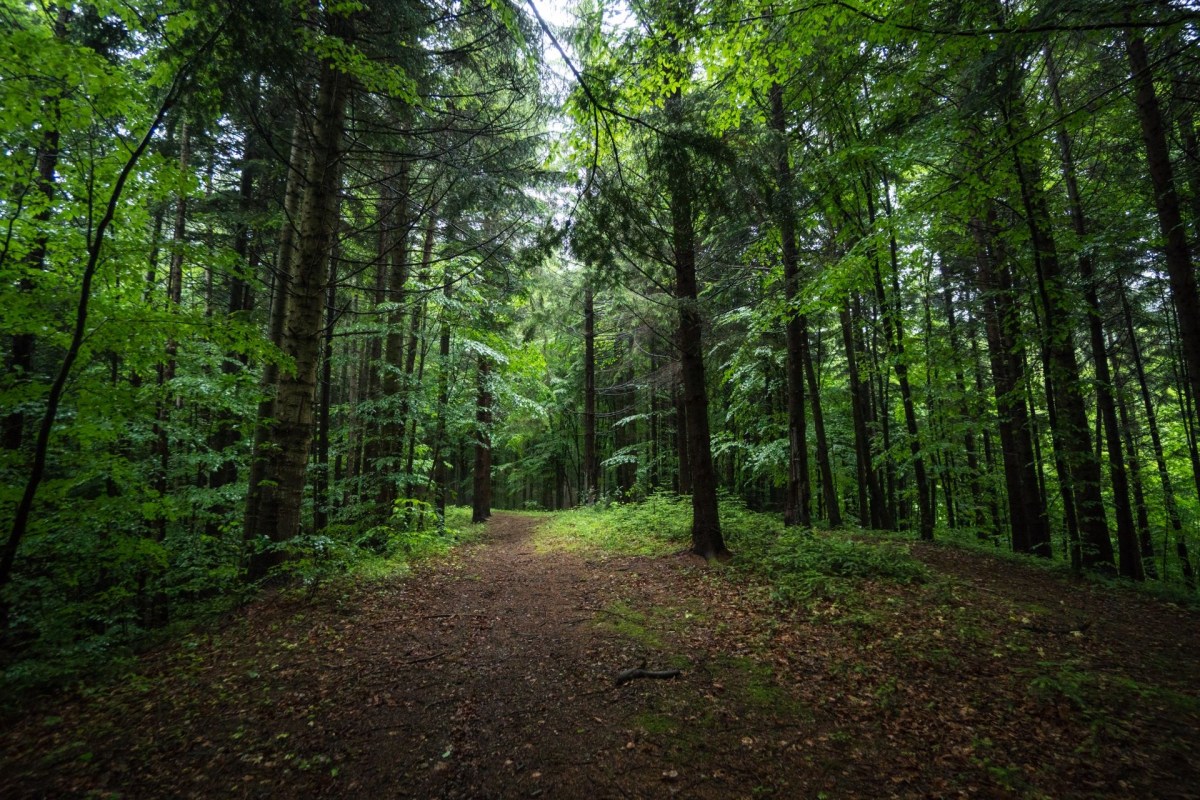Trees produce the oxygen we breathe and promote biodiversity in our ecosystems. However, the planet's climate is getting too hot for some forests to sustain themselves.
What's happening?
Through "thermophilization," U.S. forests are evolving to handle warmer temperatures caused by heat, drought, and climate change.
According to a recent study in the Proceedings of the National Academy of Sciences (PNAS), forests might not be able to adapt to the hotter, drier climate fast enough while staying healthy.
"Our forest ecosystems and communities are struggling to keep up with the stresses of climate change, whether it's fire, drought, or insect infestations, it is clear that we must adapt quickly," Homer Wilkes, USDA undersecretary for natural resources and the environment, said in a statement.
Why is this such a problem?
Trees absorb carbon dioxide through photosynthesis. The more trees are planted through reforestation, the more we can mitigate the damaging effects of planet-warming air pollution. By extension, reforestation will promote biodiversity and cleaner air quality.
"Healthy, resilient forests are critical to helping us respond to the climate impacts being felt by communities across the country, because they store carbon, provide clean air and water, and sustain biodiversity," Tracy Stone-Manning, director of the Bureau of Land Management, said in a statement.
According to WeForest, a climate change nonprofit pushing for reforestation, it's possible to restore the ecosystem.
"Reforestation is the process of replacing or replanting trees to regenerate woodlands and forests that have been destroyed through natural and unnatural causes," the official WeForest website says. The organization adds that reforestation is "one of our most powerful weapons" to combat warming temperatures.
What's being done?
Despite the concerning news, there are still plenty of ways to help our forests.
According to Wilkes, the "USDA and our federal, tribal, state, local, and community partners are working together" to protect forests for future generations with the changing climate.
The USDA has released a beta version of a tool called the Forest Service Climate Risk Viewer. This tool is supposed to help with climate adaptation to maintain important resources and to find out how to improve climate adaptation practices.
On top of the Climate Risk Viewer, the Forest Service is asking for public input on policies to adapt, which aim to protect and conserve forests.
Join our free newsletter for cool news and cool tips that make it easy to help yourself while helping the planet.









